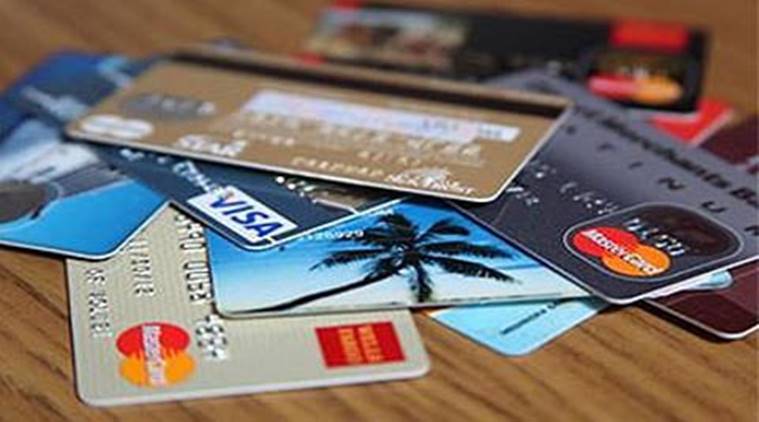A partial authorization is a type of financial transaction in which the cardholder’s issuing bank approves only a portion of the total transaction amount. This may occur when the cardholder does not have sufficient funds available to cover the entire purchase amount, or when the merchant’s terminal is unable to communicate with the issuer for authorization approval. In either case, the merchant may choose to accept the partial authorization and allow the cardholder to complete the purchase by paying the remaining balance with another form of payment.
Things to keep in mind when performing a partial authorization:
There are a few things to keep in mind when performing a partial authorization:
- Always check with the cardholder to ensure that they are aware of the partial authorization and are willing to continue with the purchase.
- If the cardholder is not present, be sure to get authorization from a supervisor or other authorized individual before proceeding with the transaction.
- When completing a partial authorization, always obtain a manual authorization code from the issuer. This code should be entered into the POS system in order to complete the transaction.
- Be sure to keep accurate records of all partial authorization transactions, as they may need to be referenced at a later date.
What types of cards will partial authorizations occur on?
Partial authorizations can occur on any type of credit or debit card. However, they are more likely to occur on debit cards, as credit cards typically have higher credit limits. Additionally, some issuers may not allow partial authorizations on certain types of cards, such as prepaid cards.
How will I know if a partial authorization has occurred?
If a partial authorization has occurred, you will typically see a message on the POS system stating that the transaction has been approved for a certain amount. The remaining balance will then need to be paid with another form of payment. In some cases, you may also receive a notice from the cardholder’s issuing bank explaining that a partial authorization has occurred.
What are the benefits of partial authorizations?
Partial authorizations can be beneficial for both merchants and cardholders. For merchants, partial authorizations allow them to complete a sale even if the cardholder does not have sufficient funds available to cover the entire purchase amount. This can help to increase sales and avoid lost revenue. For cardholders, partial authorizations can help to avoid declined transactions and the associated fees. Additionally, partial authorizations may allow cardholders to make a purchase that they may not have been able to make otherwise.
What are the drawbacks of partial authorizations?
There are a few potential drawbacks to partial authorizations. For merchants, partial authorizations can be time-consuming and may require additional documentation. Additionally, if a cardholder does not have sufficient funds available to cover the remaining balance, the merchant may be stuck with an unpaid bill. For cardholders, partial authorizations can be inconvenient and may result in additional fees. Additionally, some issuers may not allow partial authorizations on certain types of cards.
What are the fees associated with partial authorizations?
There are no fees associated with partial authorizations. However, if a cardholder does not have sufficient funds available to cover the remaining balance, the merchant may charge a late fee or other type of penalty. Additionally, some issuers may charge a fee for manual authorization codes.
How can I avoid partial authorizations?
The best way to avoid partial authorizations is to check with the cardholder before completing a transaction. This will allow you to confirm that the cardholder has sufficient funds available to cover the entire purchase amount. Additionally, you can ask the cardholder to provide a different form of payment if it appears that a partial authorization may occur.
